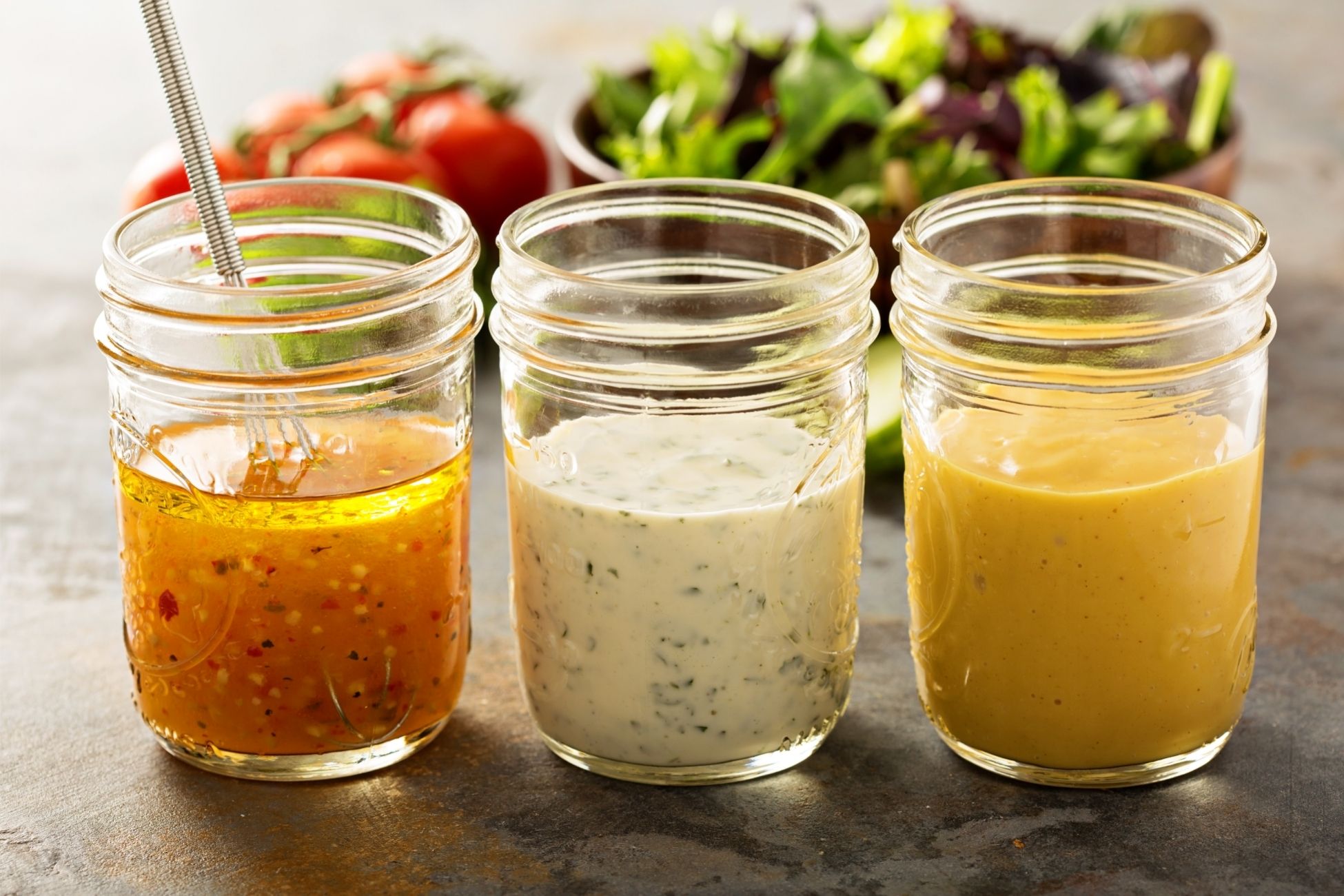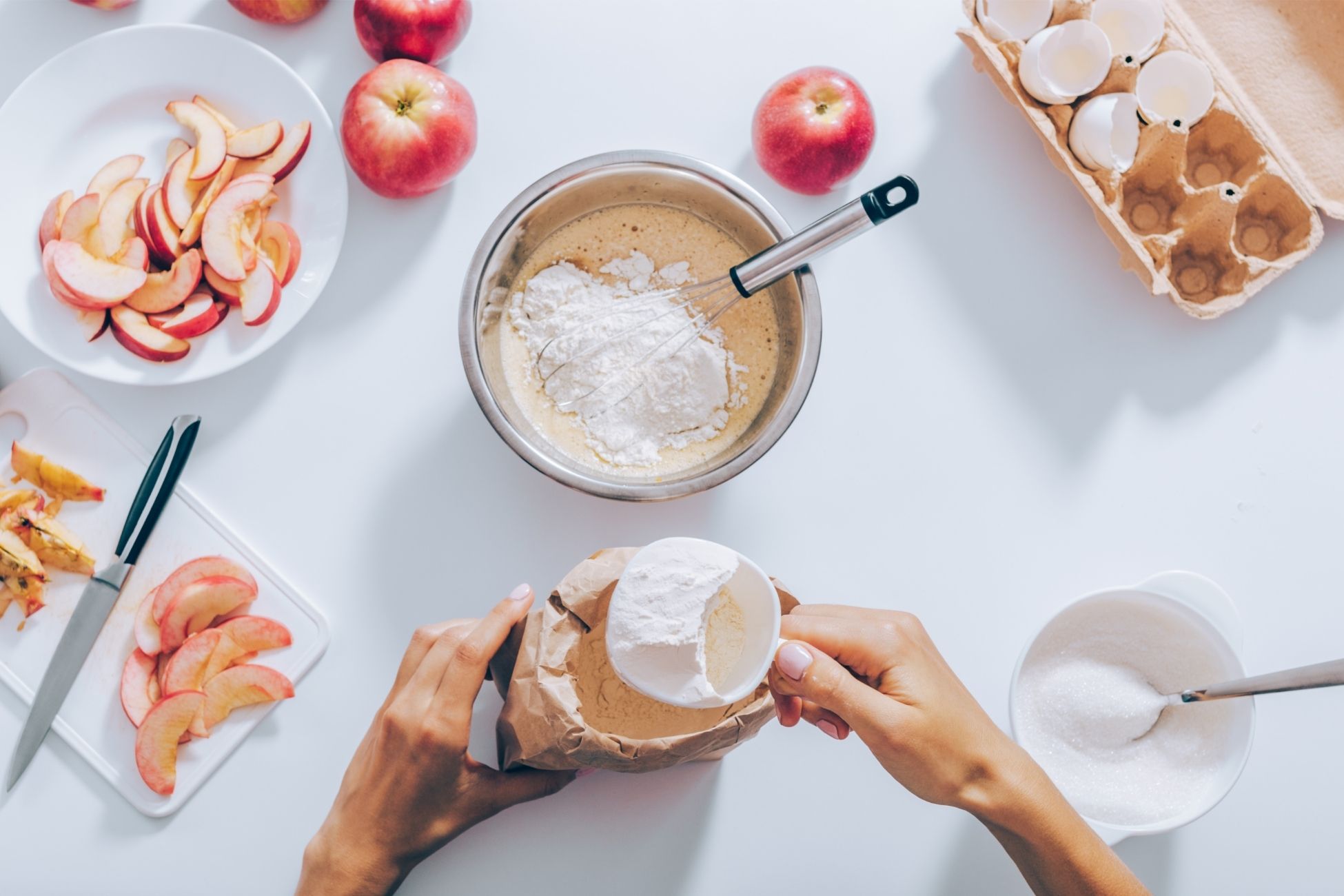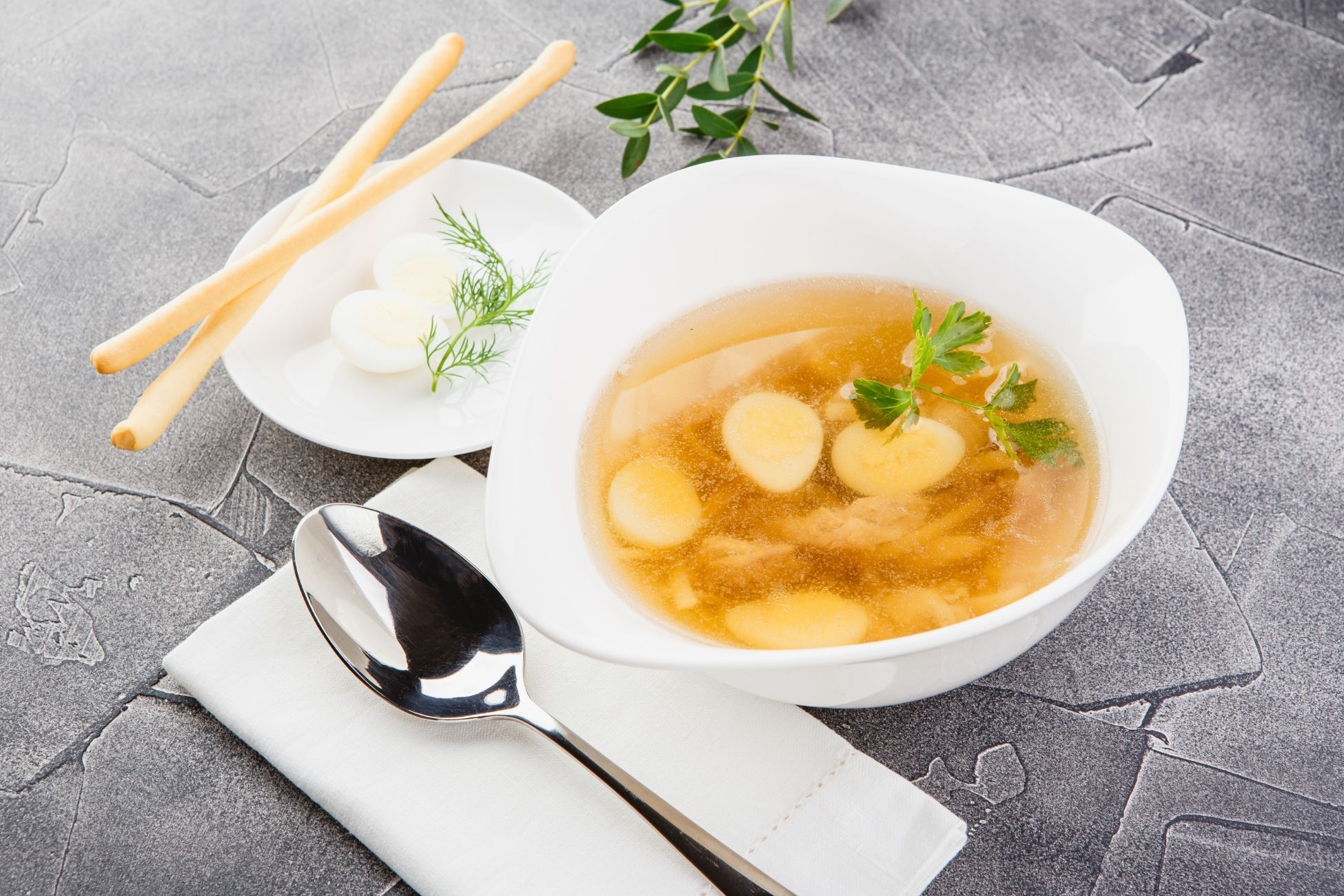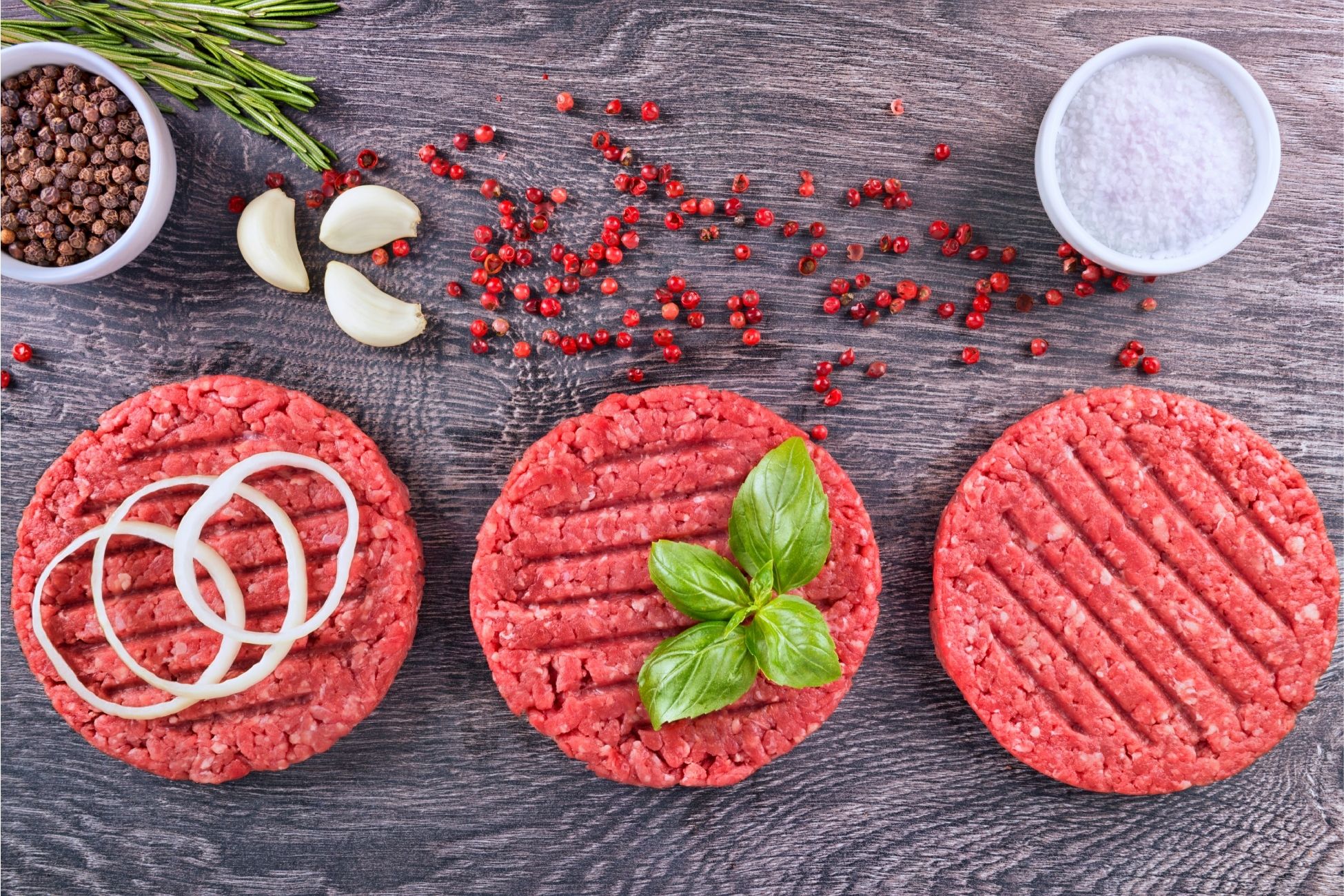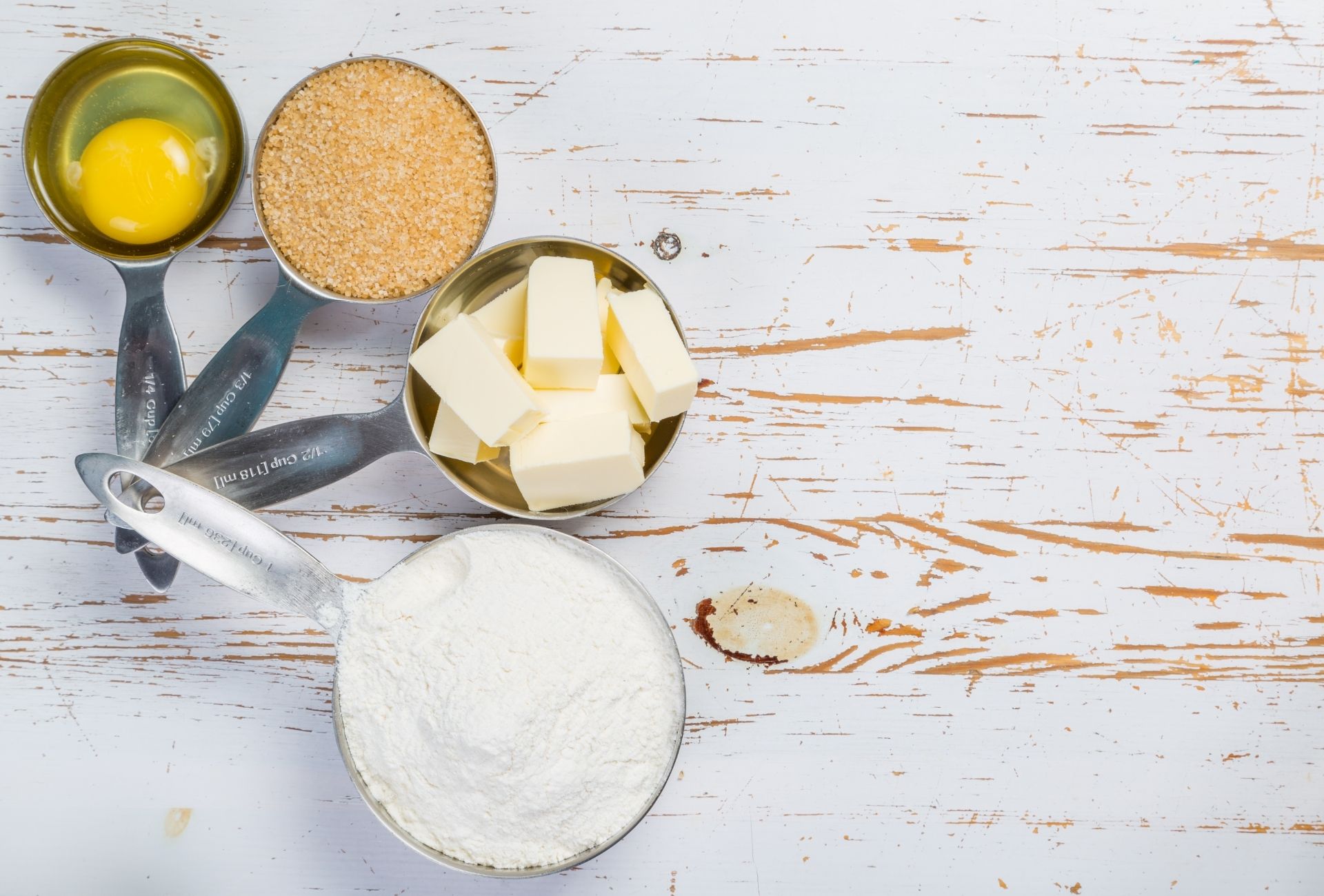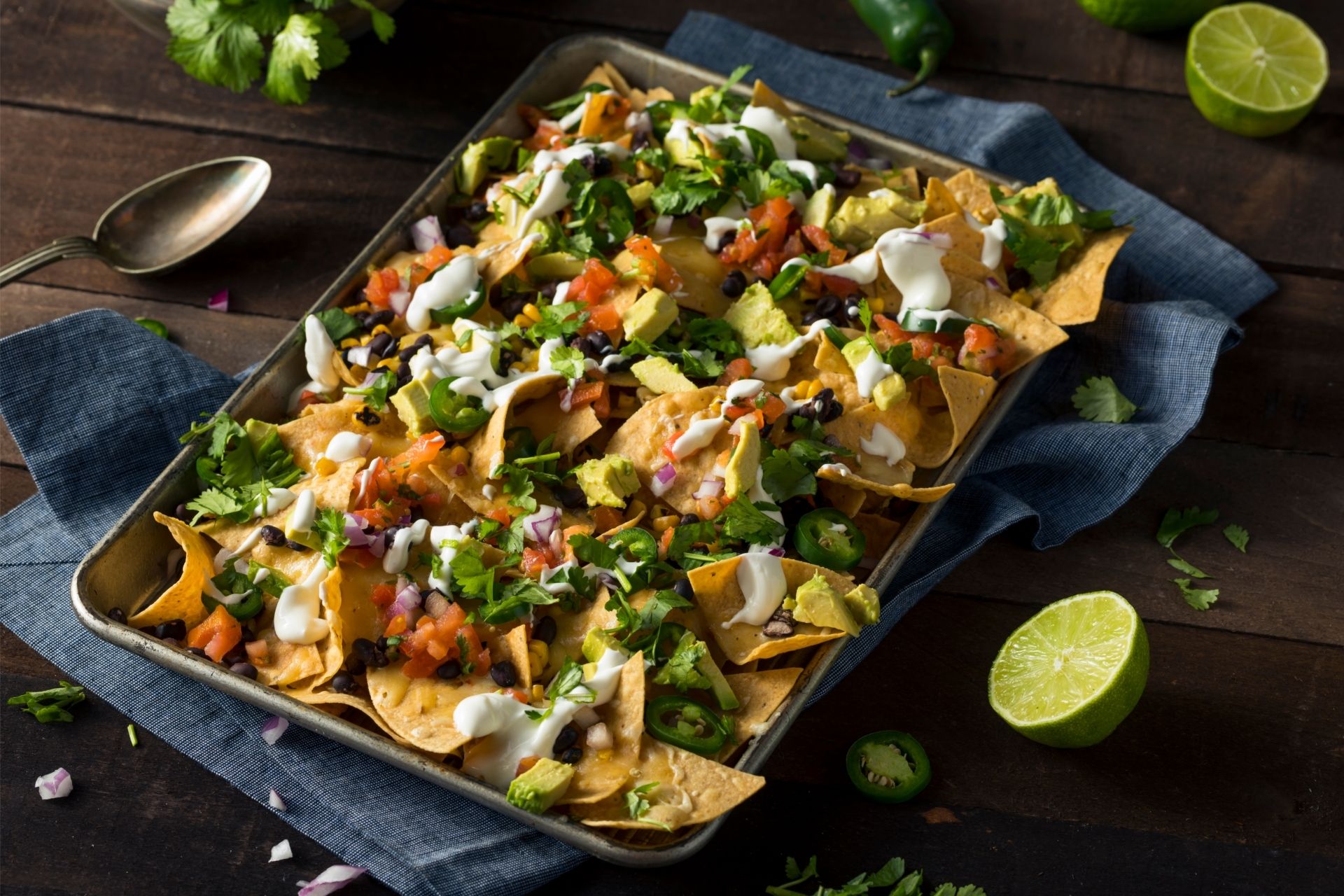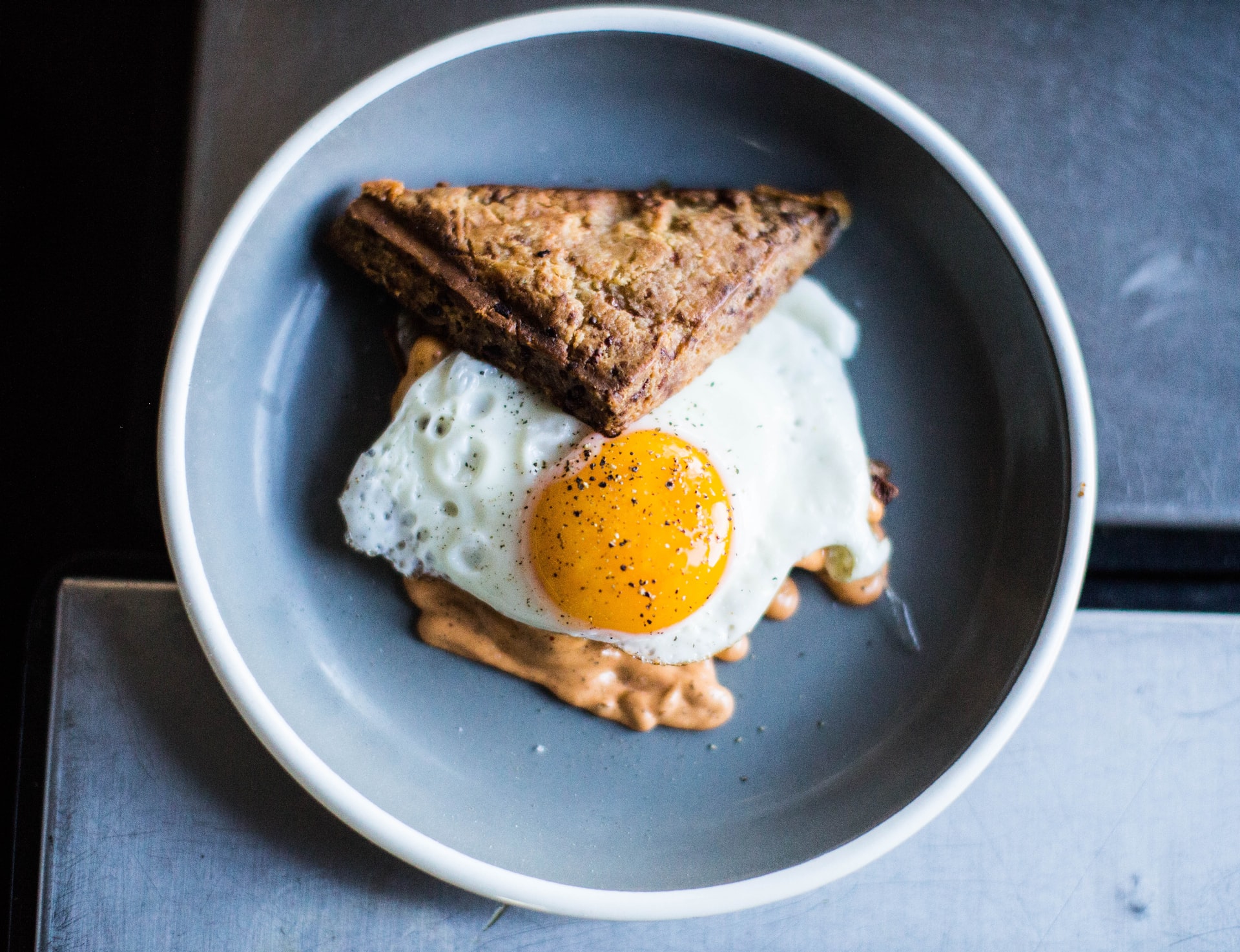Sheet pans easily prep, serve and clean-up. It’s no wonder why they’re the most popular trick among many recipes. Dinners are cooked faster while all the ingredients are cooked evenly. Nachos work great for a sheet pan since you won’t have to worry about balancing ingredients or having everything topple over. These loaded sheet pan nachos are perfect for a casual movie night or dinner with the family. They come together quickly and easily, and can be served straight from the pan. Prep time: 10 minsCook time: 7 minsTotal time: 17 minsServings: 6 to 8 servings Ingredients: For the nachos: 1 tablespoon olive oil 1 medium onion (about 1 cup), chopped 1 pound ground beef (80-20 mix) 1 teaspoon chili powder 1 teaspoon coriander 1/2 teaspoon dried oregano 3/4 teaspoon Morton kosher salt (maybe more) 1 (16-ounce) bag tortilla chips, preferably thick and sturdy 1 bell pepper, cored, halved and chopped (about 1 cup) 1 (15-ounce) can black beans, rinsed and drained 1 cup frozen corn 1 (2.25-ounce) can sliced black olives, about 1/4 cup 1 to 1 1/2 cups grated cheddar cheese or shredded Mexican cheese blend For garnish, optional: 1 avocado, cubed 2 scallions, green ends sliced thinly 1 plum tomato, diced 1/2 cup cilantro, chopped 1 jalapeño pepper, seeded and thinly sliced 1/3 cup sour cream For the cilantro-lime crème: 1 cup sour cream Juice of one lime 1/3 cup cilantro Pinch of salt Directions: Preheat the oven to 400°F. Cook the onions and beef: Heat the olive oil in a medium nonstick or cast iron skillet, and cook the onions for 5 minutes until they start to soften.Add the beef, chili powder, coriander, oregano and kosher salt. Break the beef up with a wooden spoon and cook until it browns, about 8 to 10 minutes. Remove from the heat and set aside. Line the pan with tortilla chips: This is not an exact science—about 6 to 8 handfuls of tortilla chips to line the sheet pan. You want them close and touching and mostly in one layer, but not too high. Add the beef: Using a slotted spoon to drain off the fat, transfer the beef to the pan with the chips, scattering it evenly across the pan. Be generous—you’ll use it all up. Add the toppings: Add the bell pepper, black beans, corn, black olives, and cheese. Bake the nachos: Bake the nachos in the oven for about 5 to 7 minutes, or until the cheese melts and becomes bubbly. Make the cilantro lime crème: While the nachos bake, place the sour cream, lime, cilantro, and salt into the bowl of a food processor fitted with the blade. Process until the ingredients become smooth and there are no lumps. Taste and add more salt if necessary.If you don’t want to bother with your food processor, you could finely chop the cilantro and stir it into the sour cream with the lime juice and salt. Drizzle the crème and serve: Remove the sheet pan from the oven and sprinkle with the fresh cilantro. Using a spoon drizzle the crème across the top of the nachos.Serve the pan as is right on the table with little bowls of the garnishes alongside. Source: Simply Recipes

